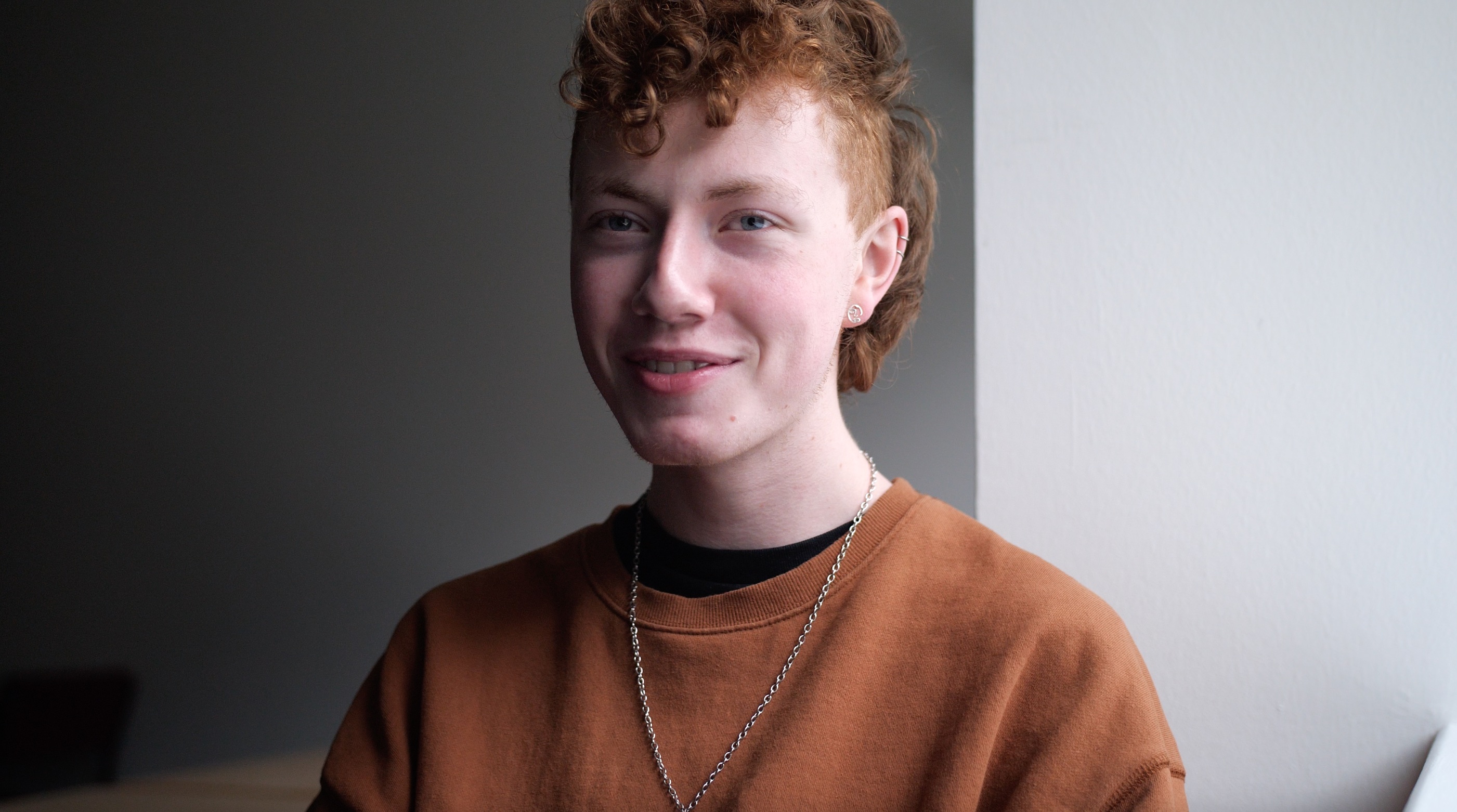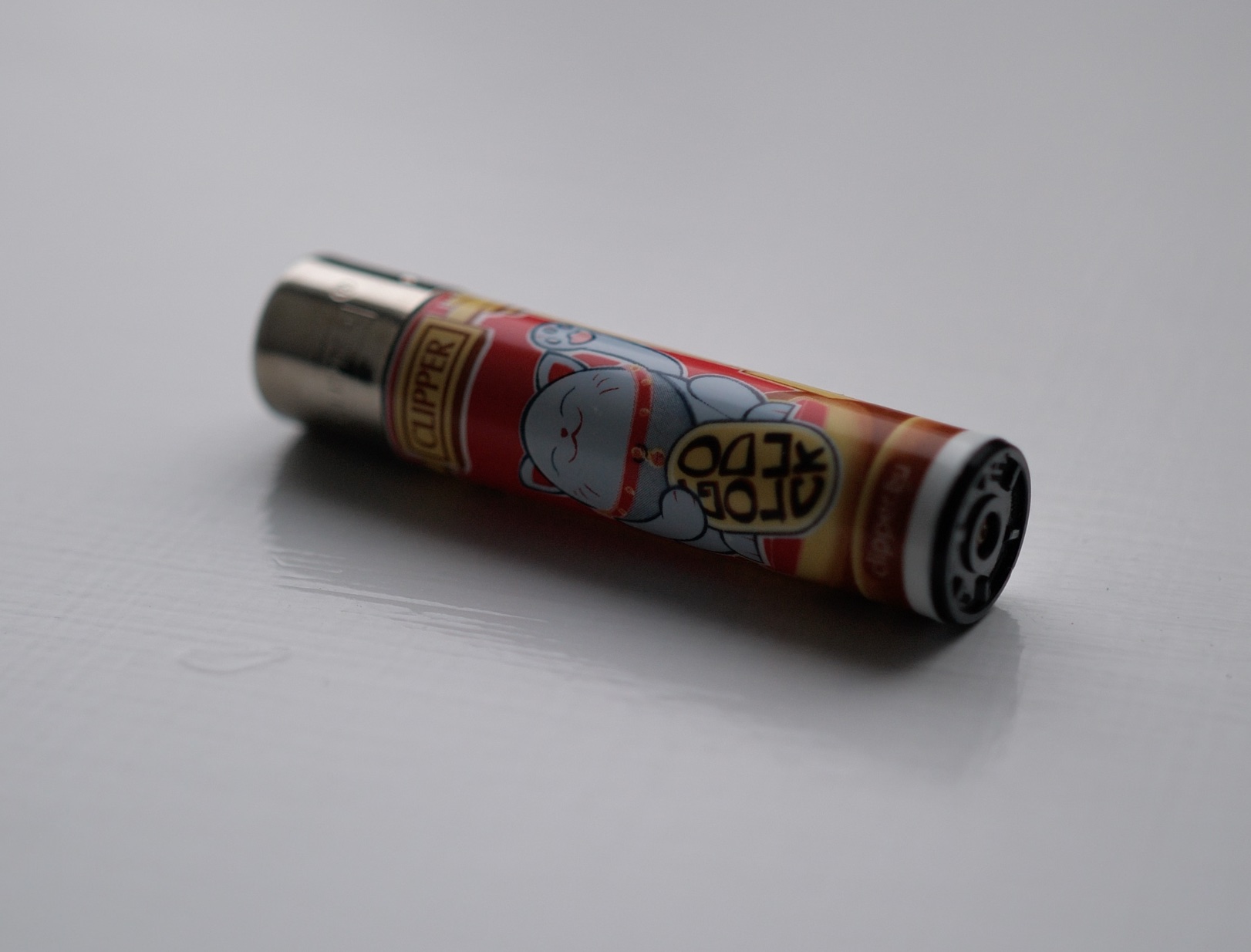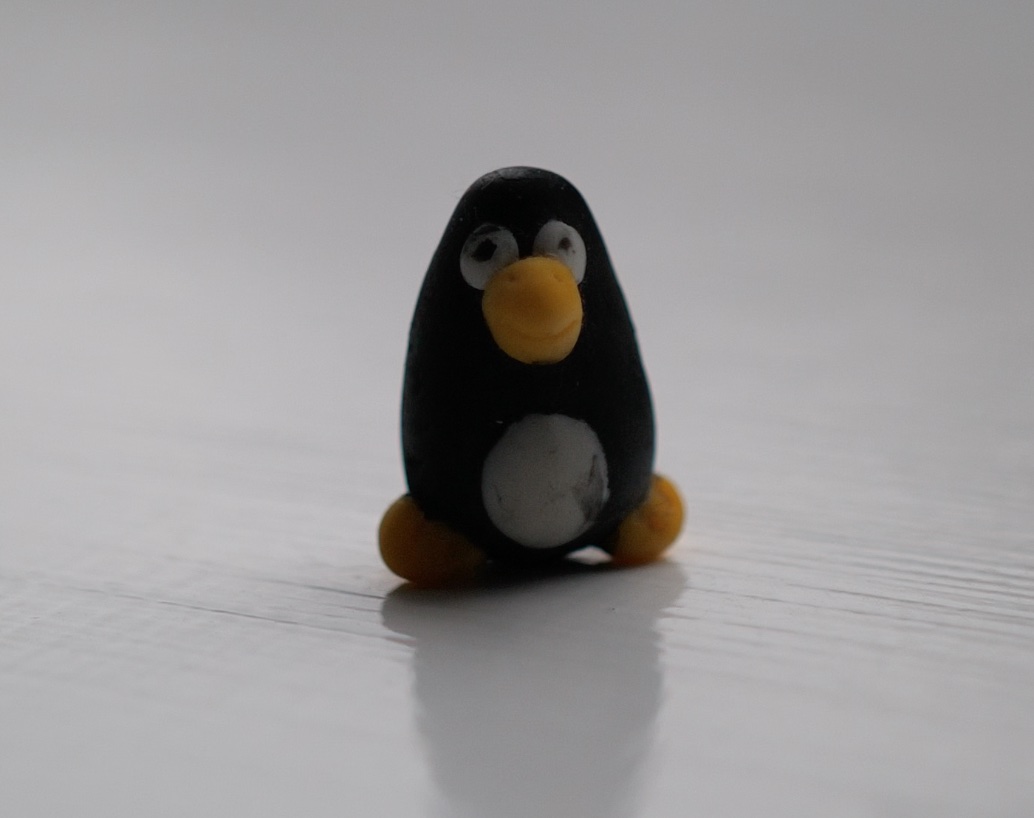Representing The Real – Interview Assignment Feedback + Notes
Representing The RealBefore the documentary pitch, we were tasked with producing a one minute interview on either the subject of our final documentary or someone of our choice. As Julie is located in Eskdalemuir in the Scottish Borders, she isn’t an easily accessible subject so we looked for alternatives. As a friend of Scot – a student also on the film course – I knew he collected random objects which either represented specific things to him or had stories attributed to them. I thought this would make for an interesting, succinct interview and asked him if he was up for it – naturally he was.

We unfortunately encountered a major issue with the booking of equipment. The risk assessment form hadn’t been submitted with enough time to account for approval, so we were unable to take out equipment owned by the university and instead relied upon our own equipment.
This consisted of my camera – thankfully a videography camera, a Panasonic GH5 II for anyone interested – and less fortunately, sound recording via an iPhone. I was apprehensive about the audio quality of a sound file from an iPhone, but Alex our sound recordist was able to fix and refine it through audio software. Rather ironically, out of the selection of interview clips exhibited ours was amongst the best in terms of the quality of the sound recording – so that was a small win.



In future, I would ensure the risk assessment is submitted for approval with enough time, but also have backups in mind should a similar scenario repeat itself. Overall I am happy with the interview assignment, and think it was a valuable experience despite the rapid turnaround.
General Feedback Notes
These are some notes I took from feedback given to other groups which I found helpful and insightful.
- Build an awareness of the sound around you. What can be heard via the sound equipment? Be conscious of the soundscape. Switch off any devices with a fan or motor and fridges.
- The truth can be altered in documentary to a greater degree than in journalism.
- Sound typically moves across the horizontal plane. Directional mics record vertically, therefore capturing less of the soundscape.
- Raising the volume of a sound recording in post-production will also raise the ‘sound floor’ and amplify any unwanted sounds.
- Sound is the first giveaway of amateur filmmaking, and the last thing to be thought of.
- Hard surfaces are bad for sound reverberation. Ceramic tiles are the worst because they absorb no sound at all.
- The difference in sound and sound reverberation/absorption can be detected between different recording in alternate spaces.
- DeNoise removes specific frequencies and can make reverb worse, and make the human voice sound metallic and robotic.
- A few cuts = cover cuts in footage, however multiple cuts = a narrative.
- Use a visual marker to ensure the boom is out of frame.
- The BlackMagic camera isn’t designed to be used as a handheld camera without rigging and camera body attachments.
- When you ask someone to look at the camera, specify what part of the camera otherwise they will look at the lens, logo, or other details.